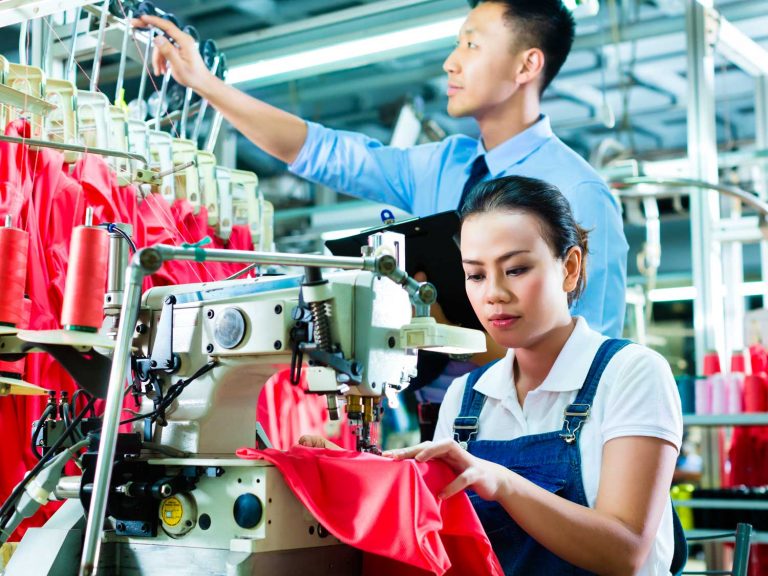
Date:
US-China Tariff Pause Offers Fashion Breathing Space
Fashion brands and retailers around the world have welcomed a temporary easing of tensions between the US and China, but remain wary of the wider uncertainty still gripping global supply chains.
A 90-day agreement announced on Monday May 12 will, from May 14, reduce US tariffs on Chinese goods from 145% to 30%, and cut Chinese tariffs on US goods from 125% to 10%. While the move has offered immediate relief, industry bodies warn it does little to address the long-term challenges facing the fashion sector.
The announcement sparked a wave of activity as brands reinstated production orders they had previously paused. The high tariff levels had forced many companies to cancel orders, divert production to Vietnam, Cambodia, and Sri Lanka, or slow shipments into the US and Europe. The easing of duties now gives brands the opportunity to fulfil autumn and holiday orders with a degree of cost certainty, albeit only for a limited window.
Trade associations remain cautious. The Footwear Distributors and Retailers of America called the agreement “a step in the right direction” but emphasised that even the reduced 30% tariff remains a significant burden. The fashion industry, with its typically thin margins, has found it difficult to absorb such additional costs. Retailers and importers warn that prices will inevitably be passed onto consumers, fuelling inflationary pressures across apparel and footwear categories.
The American Apparel & Footwear Association (AAFA) noted that this tariff rate applies in addition to any existing duties and customs fees, potentially pushing total charges on certain items to around 50%. Smaller brands, in particular, lack the scale to mitigate these costs and are likely to face greater challenges.
The agreement doesn’t not reverse the abrupt end of the de minimis exemption, which previously allowed shipments valued at <$800 to enter the US duty free. Fast fashion and eCommerce platforms that relied on this customs regime have been forced to rethink their business models.
Retailers may now attempt to bulk-ship goods to US warehouses during the 90-day window to avoid further disruption.
Supply chain experts say the fashion industry will continue to face high levels of uncertainty. The temporary nature of the deal, coupled with the risk of retaliatory tariffs on goods from countries like Vietnam and Cambodia, means many brands are proceeding with extreme caution. Some analysts warn that if brands rush to resume production, a surge in orders could overwhelm manufacturers and create a cargo capacity crunch, pushing air and ocean freight rates even higher.
The longer-term outlook remains unclear. Fashion companies continue to seek more flexible and diversified sourcing strategies, hedging against the risks of geopolitical instability. Industry leaders have urged policymakers to use the current window to work towards a permanent, predictable trading framework.
For now, the temporary tariff pause has delivered short-term relief, but it is widely viewed as a fragile reprieve rather than a definitive resolution. As one trade association put it, fashion brands will “enjoy this time” but remain braced for further twists in the turbulent global trade environment.
With decades of experience supporting leading fashion brands and retailers, we understand the unique demands of global fashion supply chains. EMAIL Andy Smith, Managing Director, to navigate today’s uncertainty and optimise your international logistics and sourcing strategy with confidence.
